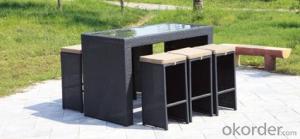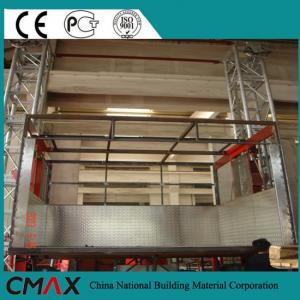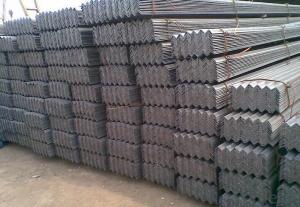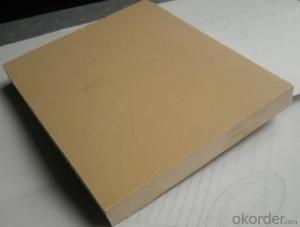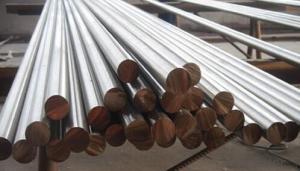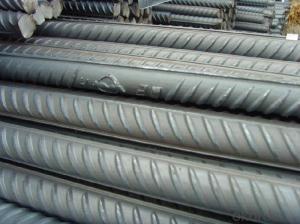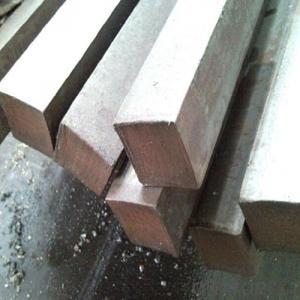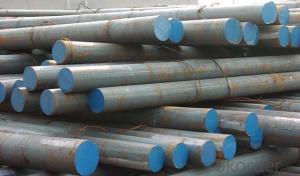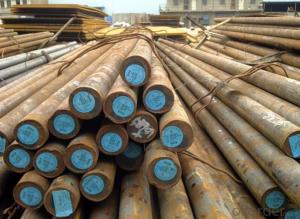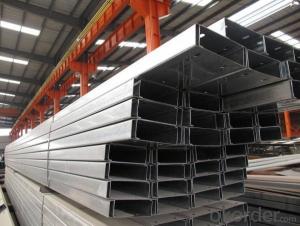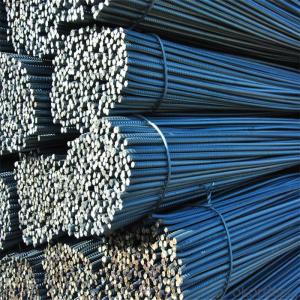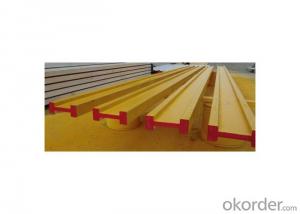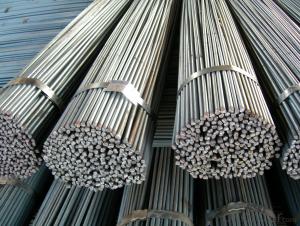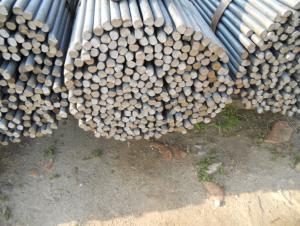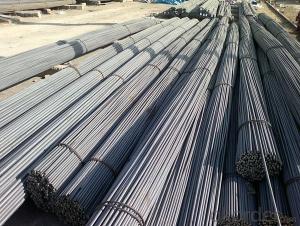D Form Bar
D Form Bar Related Searches
Steel Frames For Furniture Self Tapping Screws For Steel Surface Grinding Wheels For Hardened Steel Hole Saw For Stainless Steel Step Bit For Stainless Steel Transformers For Lights In Ceiling Led Light Bulbs For Ceiling Fixtures Led Table Lamps For Home Best Solar Inverter For Rv Hot Water Bags For Pain ReliefHot Searches
Steel Mesh Panels For Sale Cheap High Tea Sets For Sale High Density Fiberboard For Sale Solar Hot Water Collectors For Sale Scaffolding For Sale In Uae Scaffolding For Sale In Ireland Scaffolding For Sale In Houston Type Of Inverter For Solar Used Solar Inverter For Sale Portable Led Signs For Sale Stone Hot Water Bottles For Sale Large Led Screens For Sale 1/4 Aluminum Plate For Sale H4 Led Headlight Bulbs For Sale Air Pump For Aquarium Price Solar Edge Inverter For Sale Aluminum Bar Stock For Sale 5kw Solar Inverter For Sale Aluminum Round Stock For Sale Bulk Solar Cells For SaleD Form Bar Supplier & Manufacturer from China
Okorder.com is a professional D Form Bar supplier & manufacturer, offers integrated one-stop services including real-time quoting and online cargo tracking. We are funded by CNBM Group, a Fortune 500 enterprise and the largest D Form Bar firm in China.Hot Products
FAQ
- A polished steel round bar is a bar that has been polished to achieve a smooth and shiny surface. This involves using abrasive materials to eliminate any flaws or roughness. As a result, the bar is visually appealing and has a high level of aesthetic appeal. On the other hand, a precision ground steel round bar is a bar that has been ground precisely to achieve accurate dimensions and a smooth surface. This grinding process involves removing material from the bar's surface using grinding wheels or other cutting tools. The aim of precision grinding is to ensure that the bar meets specific size and shape requirements, making it suitable for applications that require precise dimensions and tight tolerances. In conclusion, the main difference between a polished and a precision ground steel round bar lies in the purpose of the respective finishing processes. Polishing is primarily done for aesthetic reasons, enhancing the bar's appearance, while precision grinding focuses on achieving precise dimensions and tight tolerances to meet specific technical requirements.
- Yes, steel round bars can be used in the production of springs. Steel is a common material used in the manufacturing of springs due to its high strength and durability. Steel round bars are often used to create the base material for springs, as they can be easily shaped and formed into the desired spring shape. Additionally, steel round bars can be heat-treated to enhance their mechanical properties, making them suitable for various spring applications. The specific type of steel used will depend on the desired characteristics and requirements of the spring, such as the desired level of flexibility and resistance to deformation. Overall, steel round bars are widely utilized in the production of springs due to their excellent mechanical properties, making them a suitable choice for many spring applications.
- There are various types of steel round bars used in the defense industry, including but not limited to carbon steel, alloy steel, stainless steel, and tool steel. Each type has specific properties that make them suitable for different applications within the defense sector.
- There are several factors to take into account when choosing a steel round bar. Firstly, it is crucial to evaluate the grade of steel. Each grade has different properties and strengths, so it is important to consider the specific application and requirements. For instance, if high corrosion resistance is needed, stainless steel grades such as 304 or 316 may be appropriate, while carbon steel grades like A36 or 1018 may be more suitable for structural purposes. Secondly, the dimensions and size of the round bar should be considered. This includes the diameter, length, and tolerance requirements. The size should be chosen based on the specific application, load-bearing capacity, and available installation space. Thirdly, the condition and surface finish of the round bar should be assessed. This includes factors like surface roughness, straightness, and any surface defects. The surface finish should be selected based on the desired aesthetics, functional requirements, and manufacturing process. Another important aspect is the availability and cost of the steel round bar. It is crucial to consider the availability of the desired grade and size from suppliers, as well as the associated cost. Comparing prices from different suppliers is advisable to ensure the best value for money. Furthermore, it is necessary to evaluate the required mechanical properties of the steel round bar. This includes factors like tensile strength, yield strength, hardness, and ductility. The mechanical properties should align with the intended application and load-bearing requirements. Lastly, any additional requirements or certifications should be considered. This could include compliance with specific industry standards (e.g., ASTM, ISO), certifications (e.g., RoHS, REACH), or specific testing requirements (e.g., ultrasonic testing, impact testing). In conclusion, selecting a steel round bar involves considering the grade, dimensions, surface finish, availability, cost, mechanical properties, and any additional requirements. Taking these factors into account will ensure that the chosen steel round bar is suitable for the intended application and meets all necessary specifications.
- There are several testing methods employed to assess the quality and performance of steel round bars. These methods include: 1. Tensile Testing: Tensile testing is conducted to determine the strength and elasticity of steel round bars. It involves applying a force to the bar until it reaches its breaking point, measuring the maximum load it can withstand before fracture occurs. This test helps to determine the ultimate tensile strength, yield strength, and elongation of the steel. 2. Hardness Testing: Hardness testing is used to assess the resistance of steel round bars to indentation or scratching. Common methods include the Rockwell, Brinell, and Vickers hardness tests. These tests provide valuable information about the material's ability to resist wear, deformation, and surface damage. 3. Charpy Impact Testing: Charpy impact testing measures the toughness and resistance to brittle fracture of steel round bars. The test involves striking a notched sample with a pendulum, measuring the energy absorbed during fracture. This test is crucial in evaluating the material's behavior under sudden impact or dynamic loading conditions. 4. Ultrasonic Testing: Ultrasonic testing utilizes high-frequency sound waves to detect internal flaws or defects in steel round bars. This non-destructive testing method can identify cracks, inclusions, or voids that may compromise the structural integrity of the material. 5. Magnetic Particle Inspection: This testing method is used to identify surface cracks or defects in steel round bars. It involves magnetizing the material and applying iron particles or magnetic ink. Any surface cracks or flaws will cause a leakage of magnetic flux, making them visible under proper lighting. 6. Visual Inspection: Visual inspection is a basic yet essential method for evaluating the quality of steel round bars. It involves examining the bar's surface for any visible defects, such as pits, scratches, or irregularities in shape or dimensions. 7. Chemical Analysis: Chemical analysis helps determine the composition of steel round bars by measuring the percentage of various elements present in the material. This information is crucial in ensuring that the steel meets the required specifications and is suitable for its intended application. Overall, a combination of these testing methods is employed to ensure the quality, performance, and reliability of steel round bars in various industries such as construction, manufacturing, and engineering.
- Indeed, the automotive industry finds steel round bars to be a fitting option. Steel round bars possess numerous advantages that render them an ideal choice for automotive applications. Primarily, steel round bars exhibit exceptional strength and durability, which are vital characteristics for automotive components that must endure significant levels of stress and impact. The high tensile strength of steel guarantees that these components can handle the demanding conditions of the automotive industry, including heavy loads and harsh environments. Additionally, steel round bars offer favorable machinability, enabling them to be easily shaped and fabricated into a variety of automotive parts. This versatility is crucial for producing components with intricate geometries, such as crankshafts, axles, and suspension parts. Furthermore, steel round bars present superior dimensional stability, ensuring that automotive parts retain their shape and performance over time. This is particularly crucial for critical components that must meet precise specifications and tolerances. Moreover, steel round bars boast excellent heat resistance, allowing them to be used in applications that involve high temperatures, such as engine components and exhaust systems. The thermal stability of steel ensures that these parts can operate efficiently and reliably under extreme heat conditions. Furthermore, steel is readily available and cost-effective when compared to other materials, making it an appealing option for the automotive industry. The abundance of steel resources and the well-established manufacturing processes contribute to its affordability, making it a practical choice for mass production. In conclusion, steel round bars are highly suitable for use in the automotive industry due to their strength, durability, machinability, dimensional stability, heat resistance, and cost-effectiveness. These qualities make steel round bars an excellent choice for various automotive components, thereby enhancing the overall performance, safety, and longevity of vehicles.
- In order to determine the bending stress in a steel round bar, one must take into account the applied load and the properties of the bar. The bending stress is a measurement of the internal forces that arise within the bar when it is subjected to an external load that causes it to bend. The bending stress can be calculated using the following formula: σ = (M * c) / I In this equation: - σ denotes the bending stress, measured in units of force per unit area (such as pascals or psi) - M represents the bending moment, which is the result of multiplying the applied load by the distance from the bar's neutral axis to the point of interest. It is typically expressed in units of force multiplied by distance (e.g., N·m or lb·ft). - c signifies the distance from the neutral axis to the outermost fiber of the bar. It is also referred to as the distance to the extreme fiber or the radius of the bar. - I symbolizes the moment of inertia, which portrays the bar's resistance to bending. It is a property that relies on the shape and dimensions of the bar's cross-section. To calculate the moment of inertia for a round bar, the formula is as follows: I = (π * d^4) / 64 In this equation: - I denotes the moment of inertia - π represents a mathematical constant (approximately 3.14159) - d signifies the diameter of the round bar Once the bending stress has been determined using the aforementioned formulas, it can be compared to the yield strength of the steel material to evaluate the safety factor and ascertain whether the bar will experience permanent deformation or failure.














